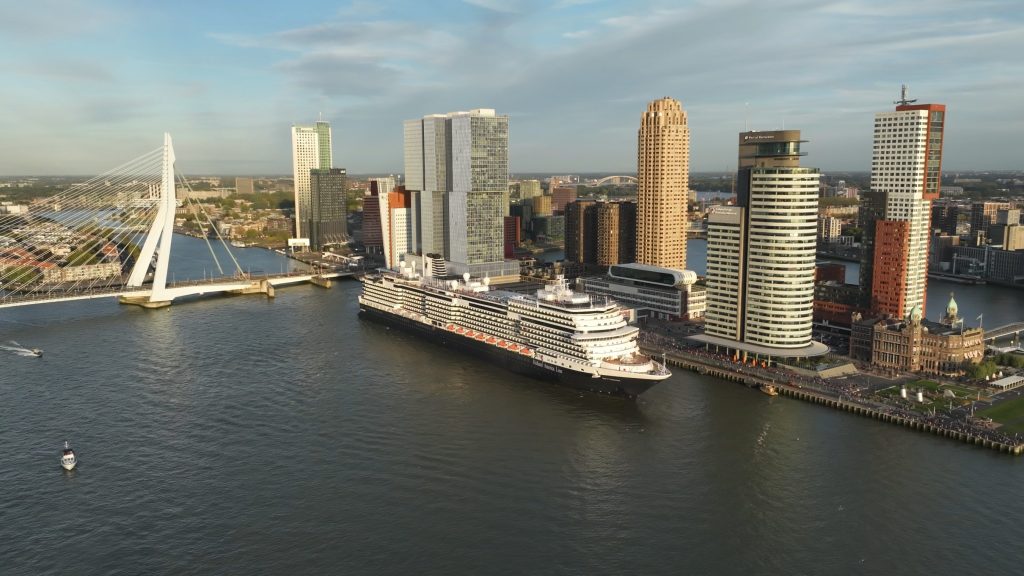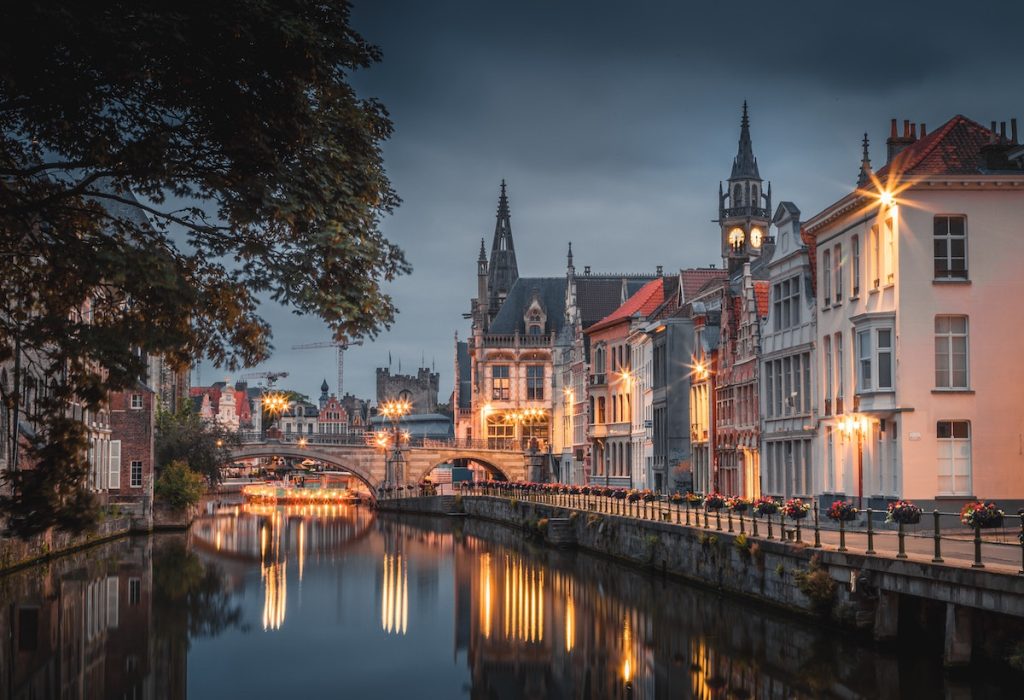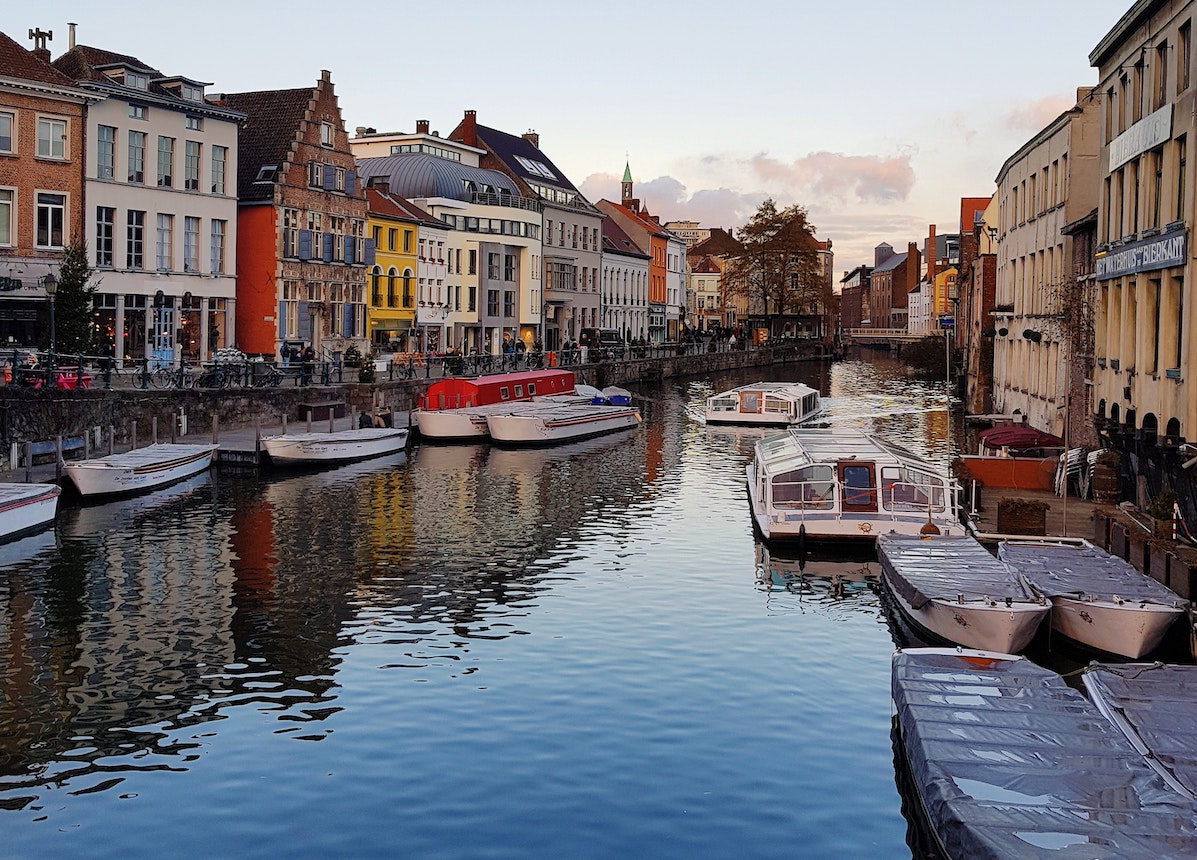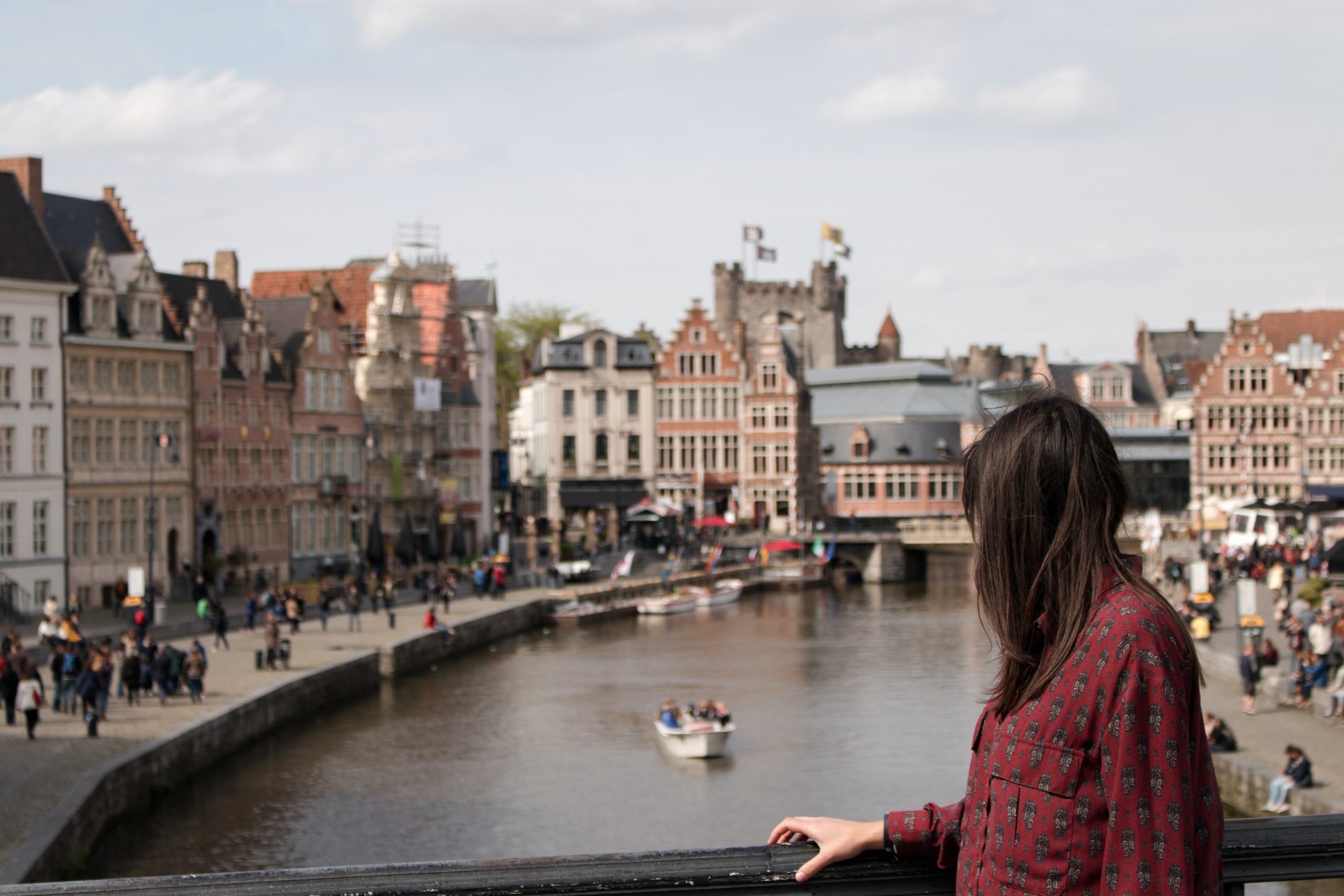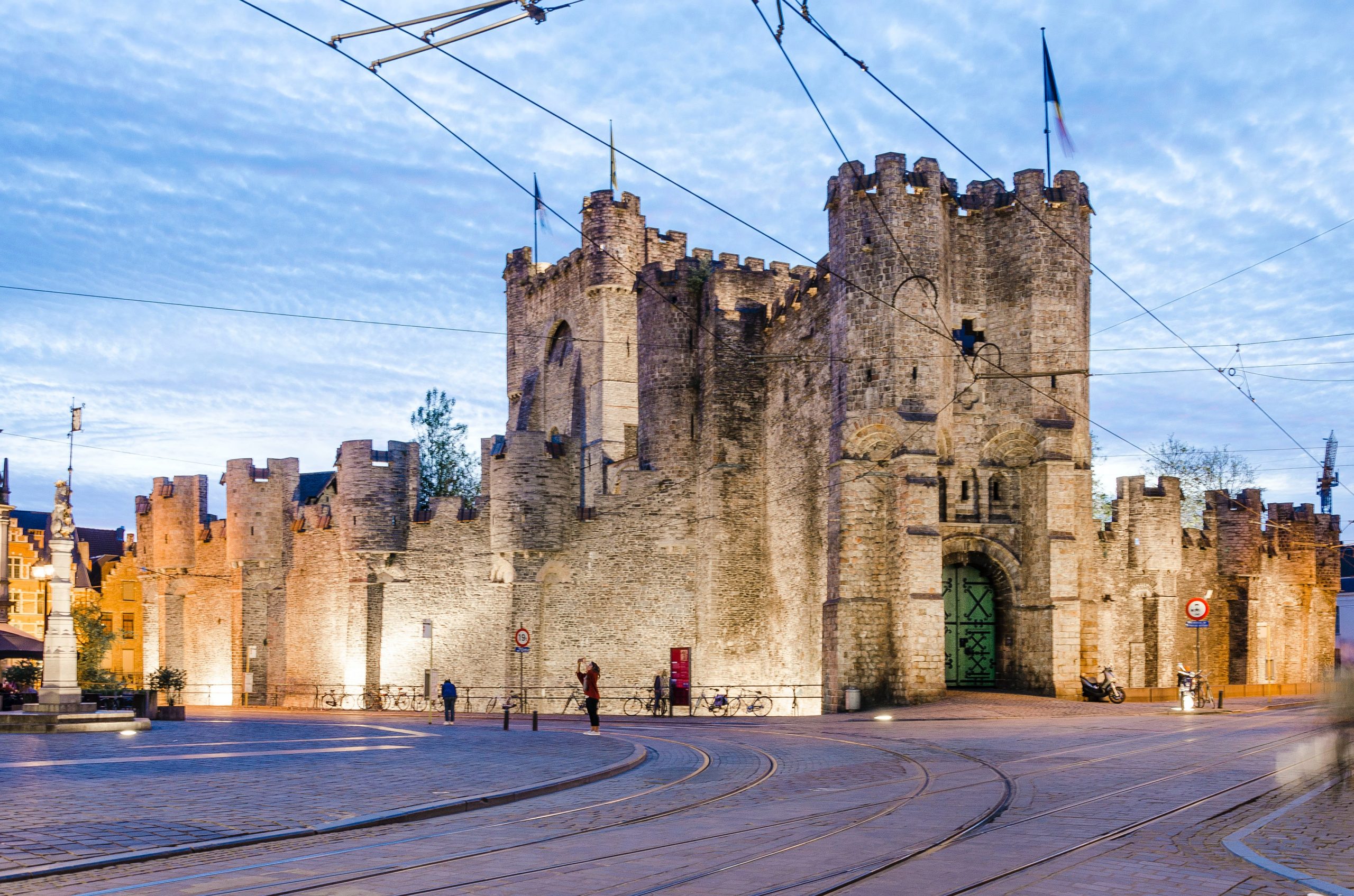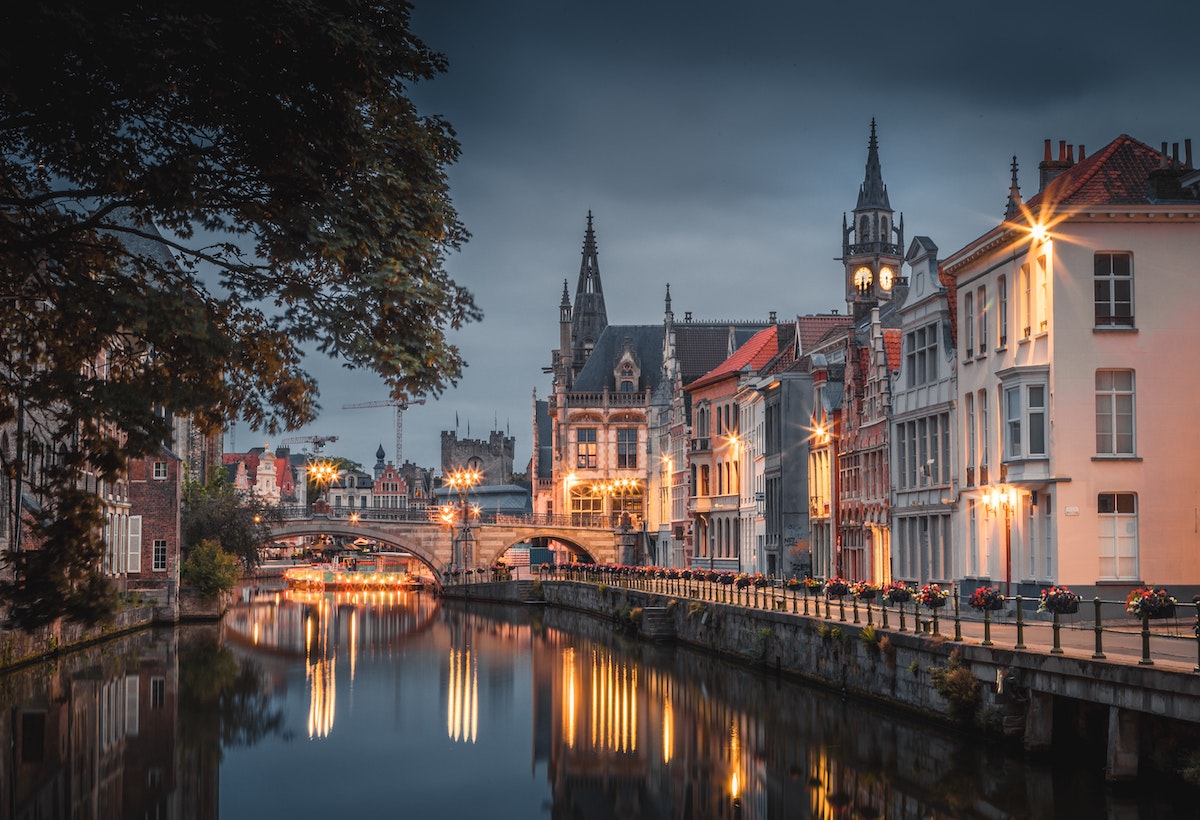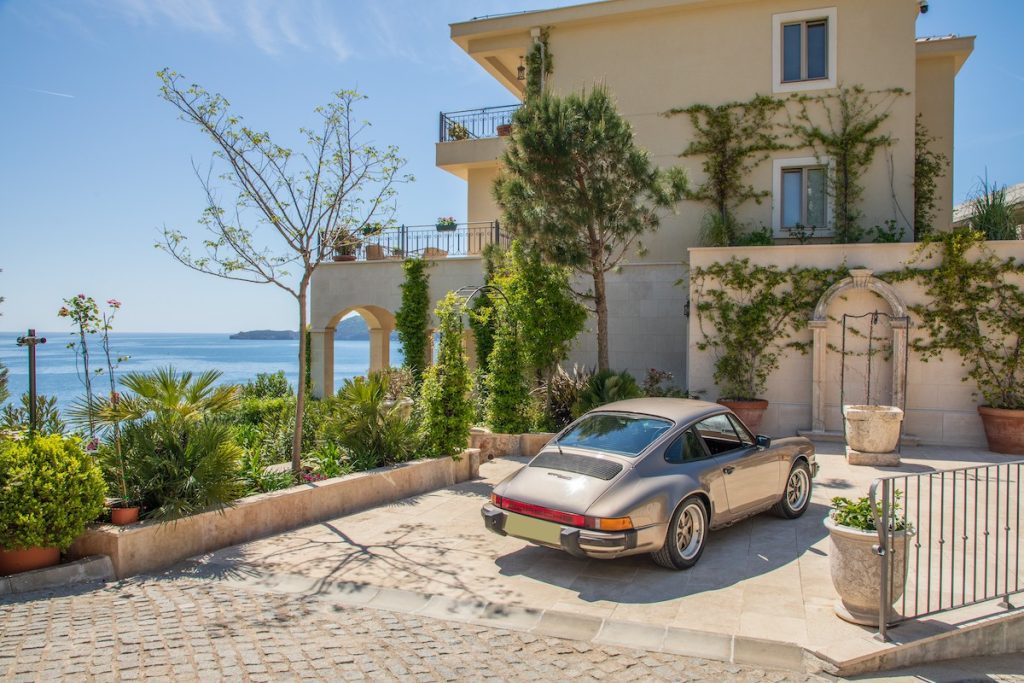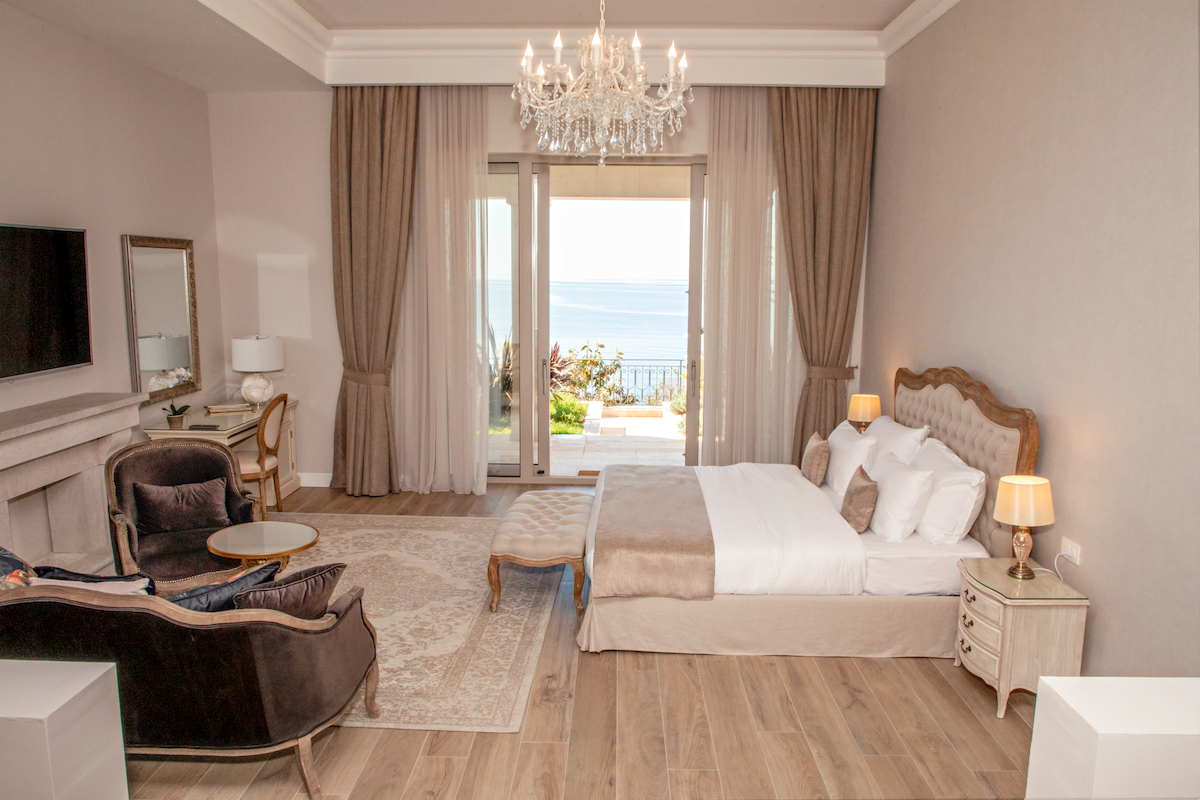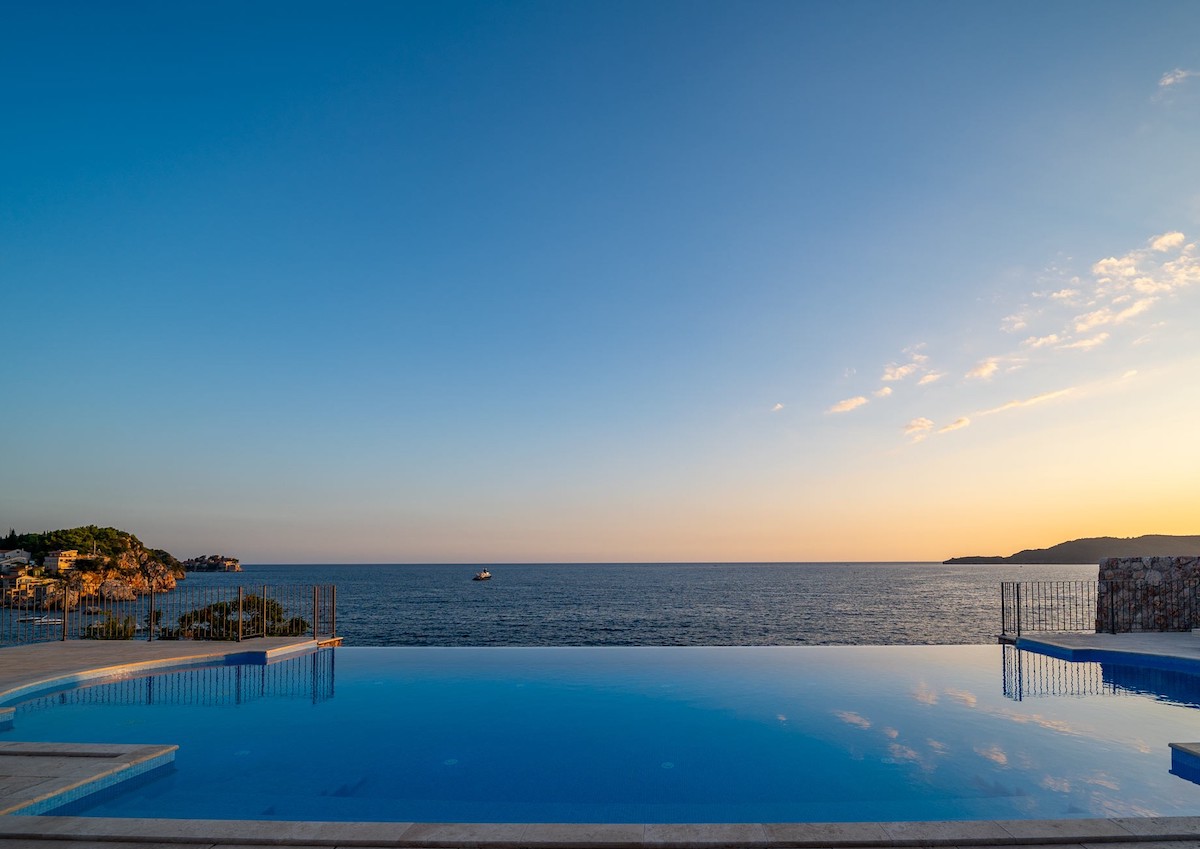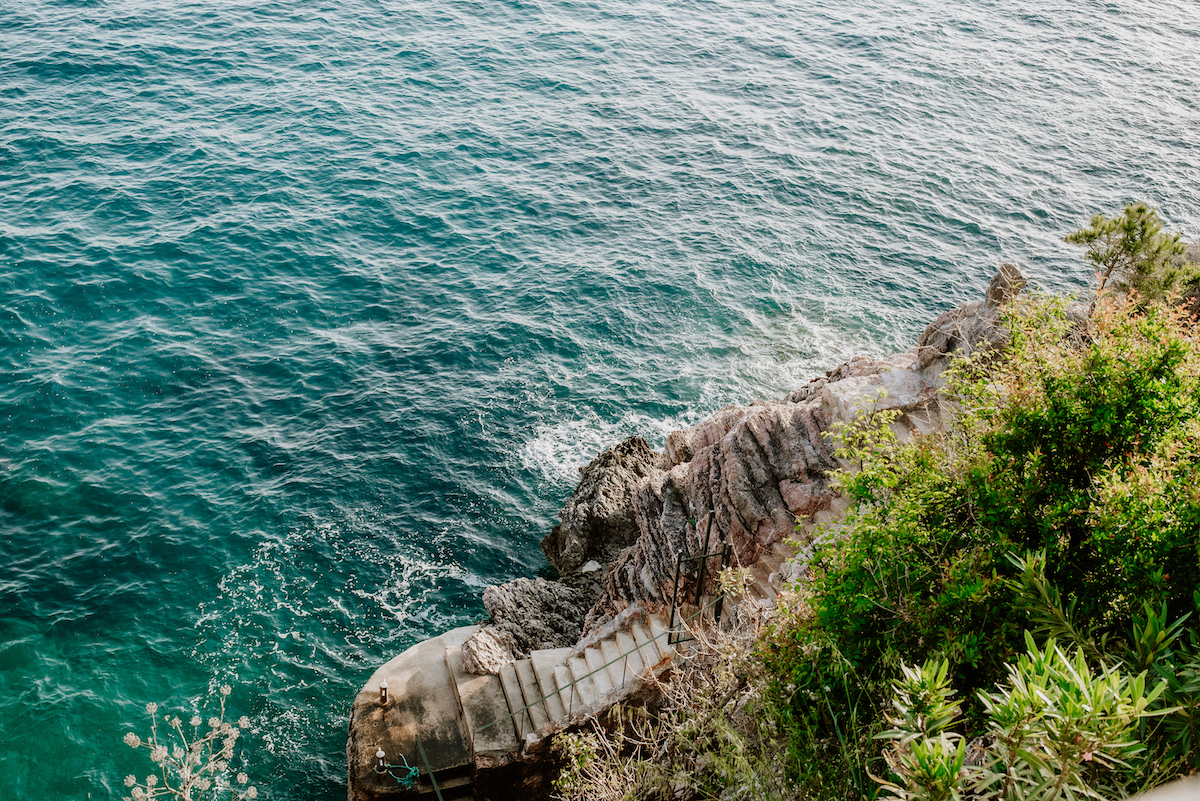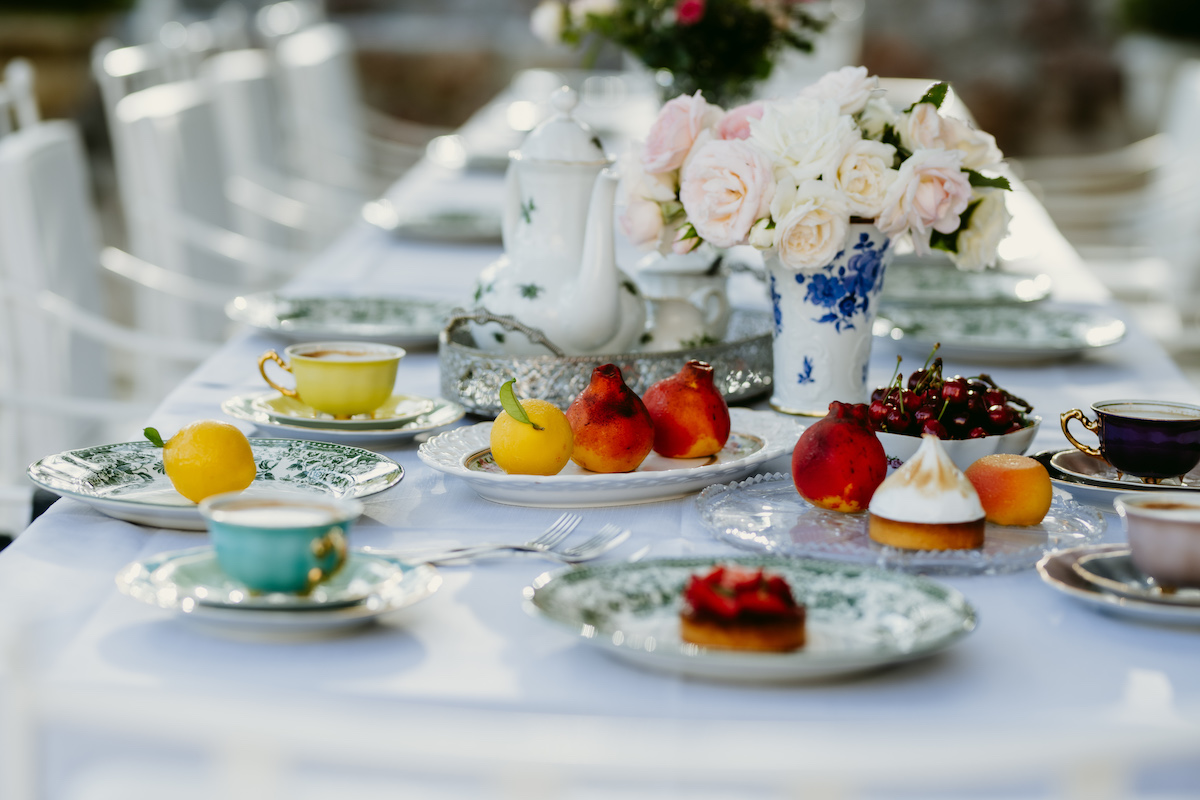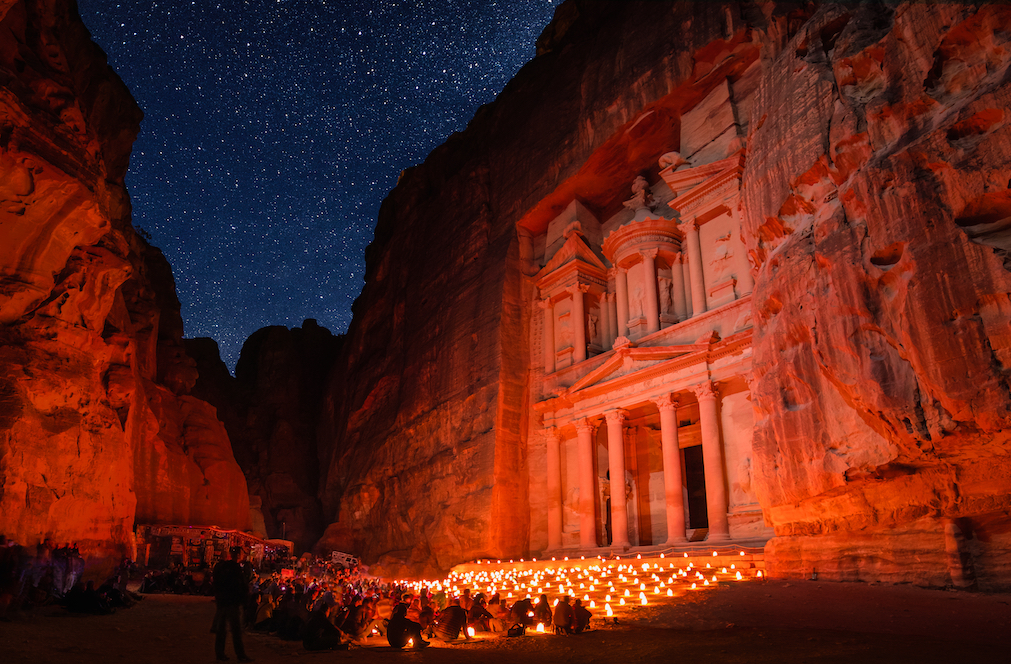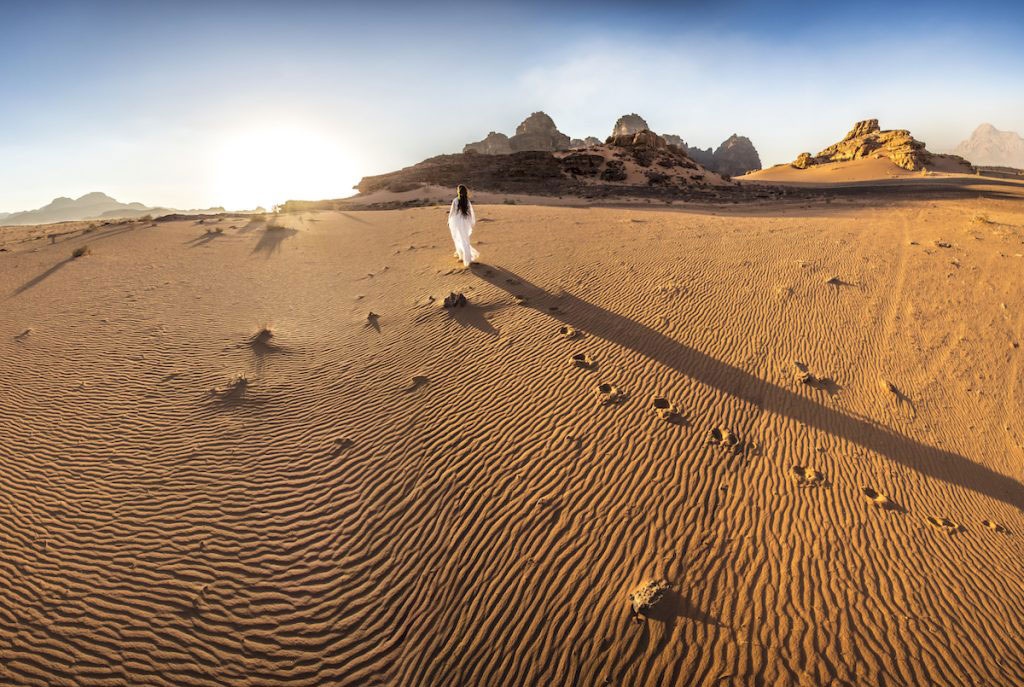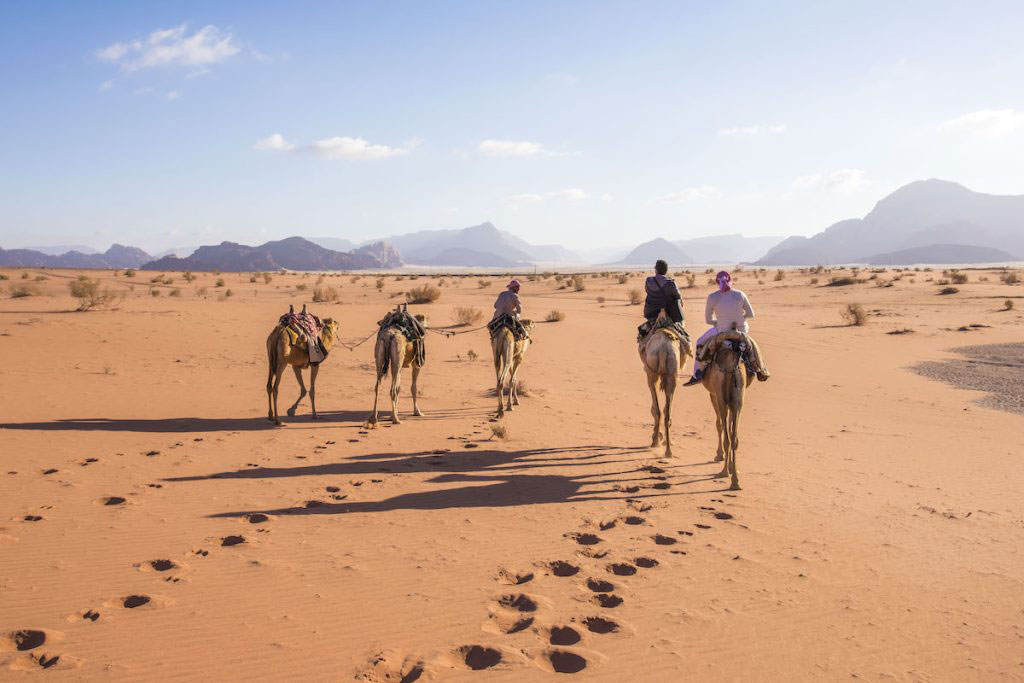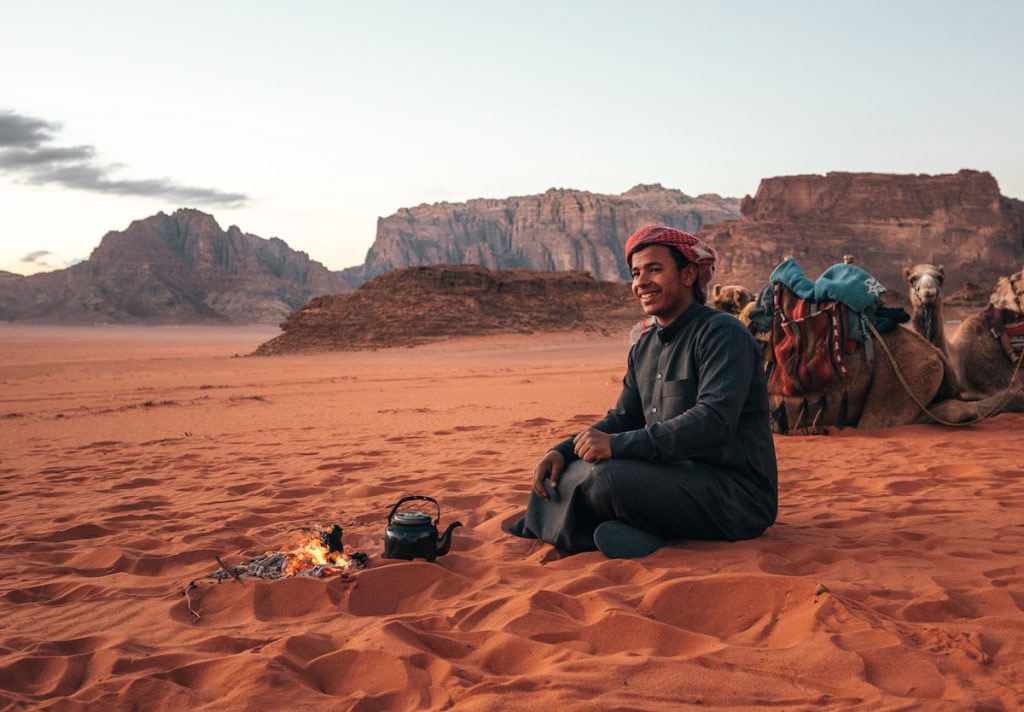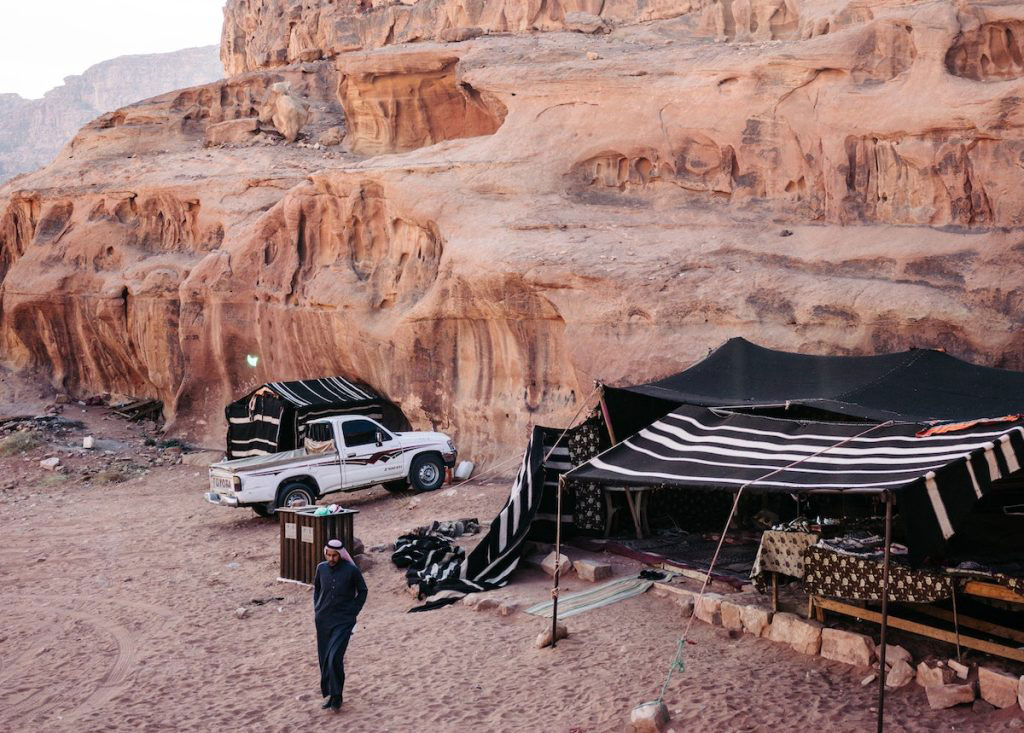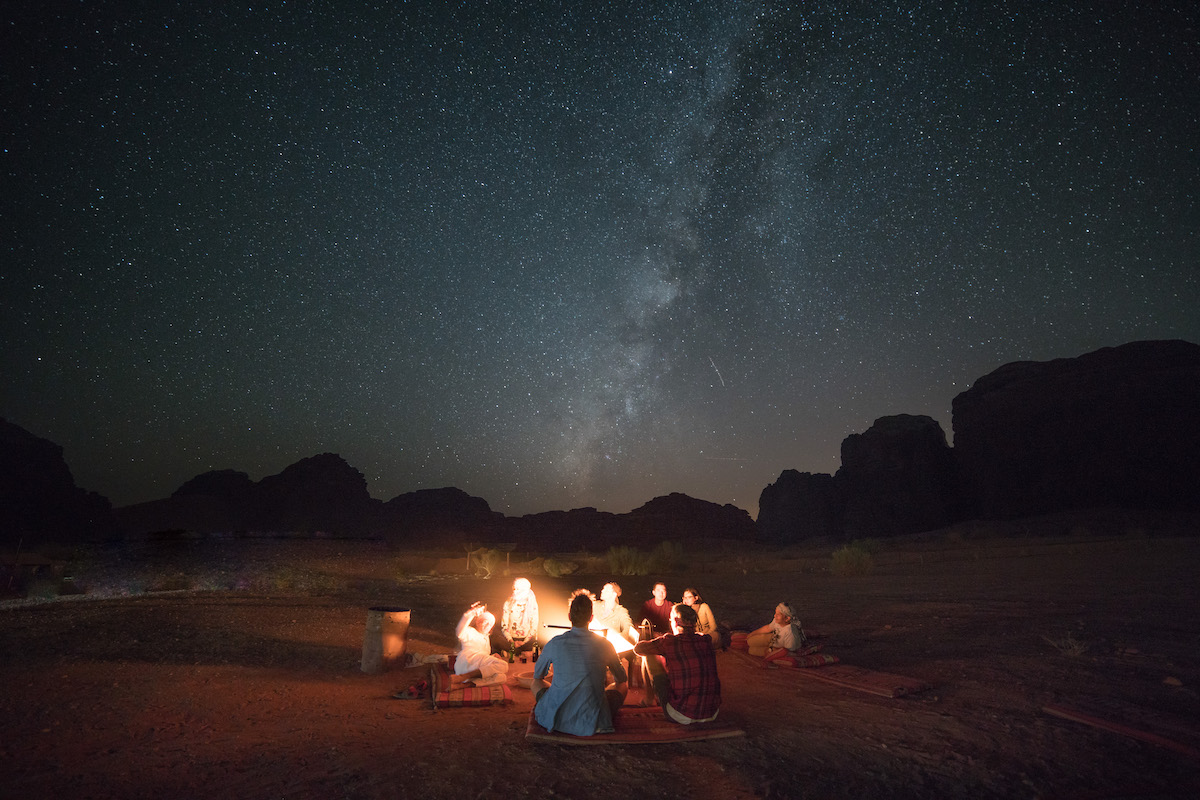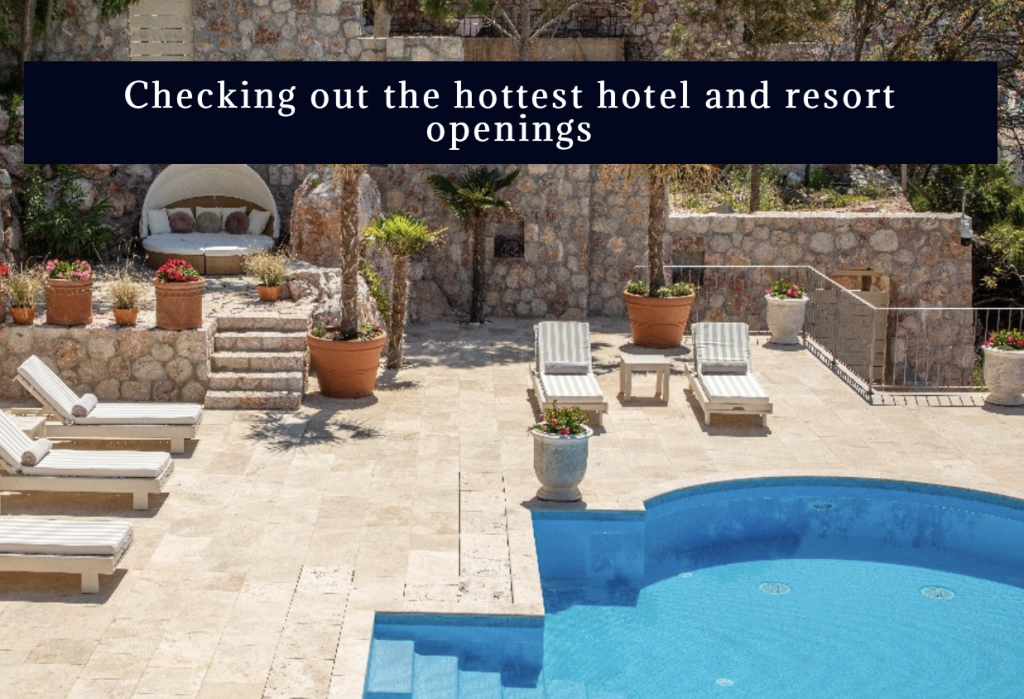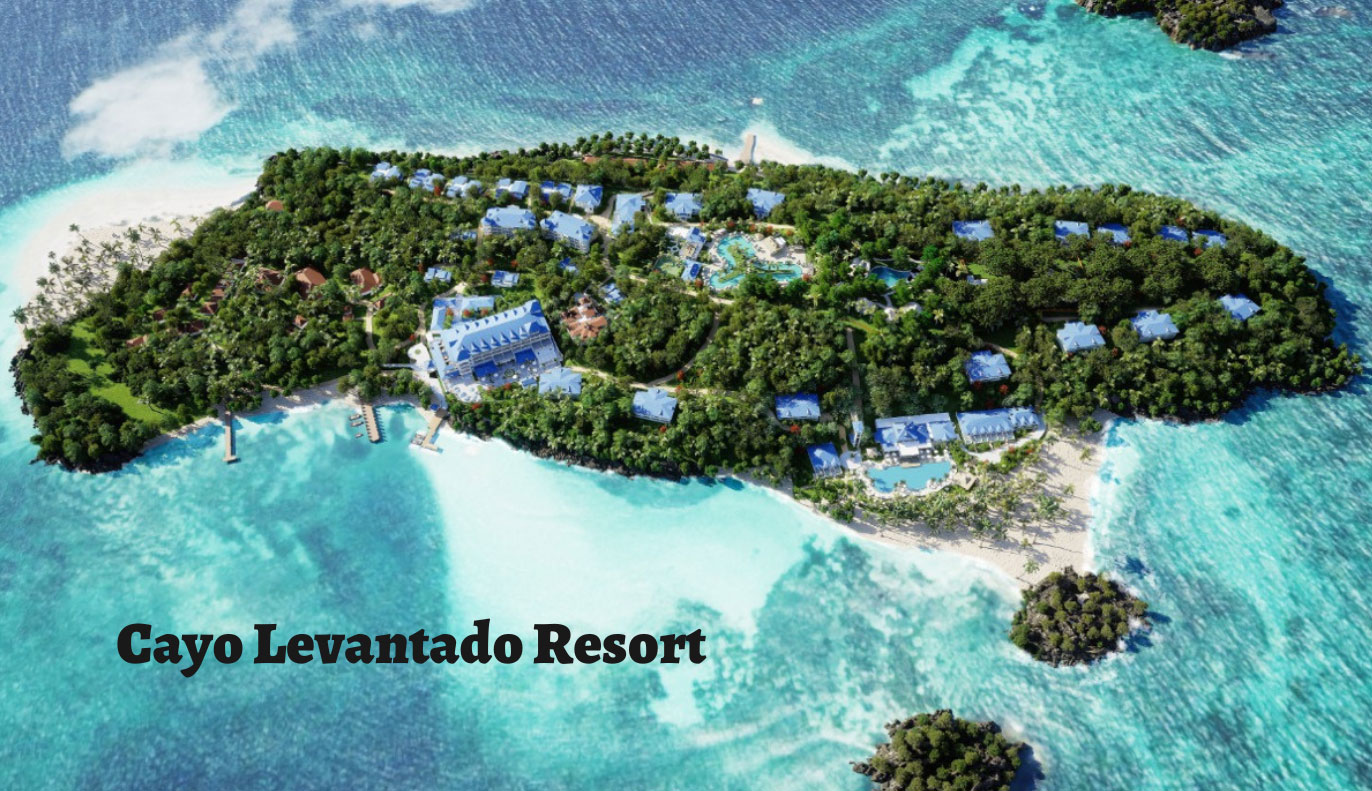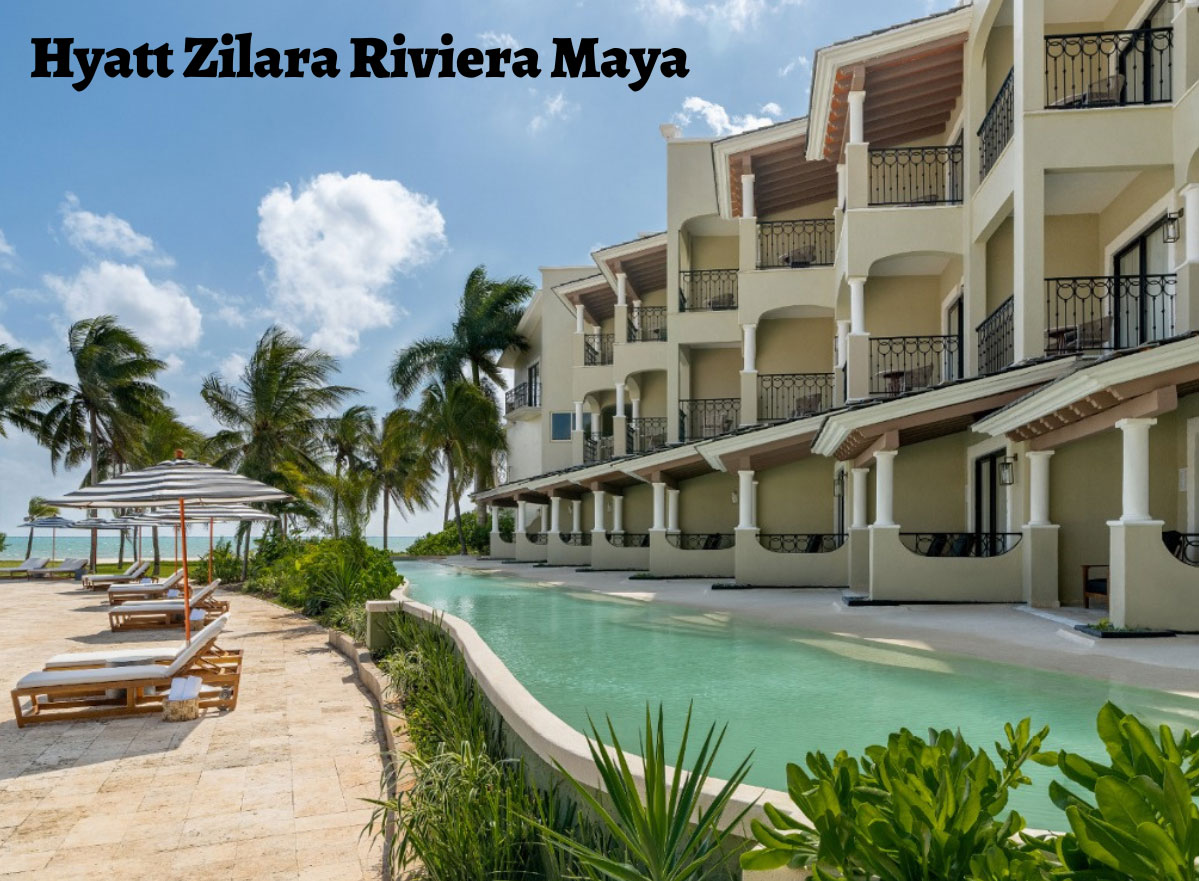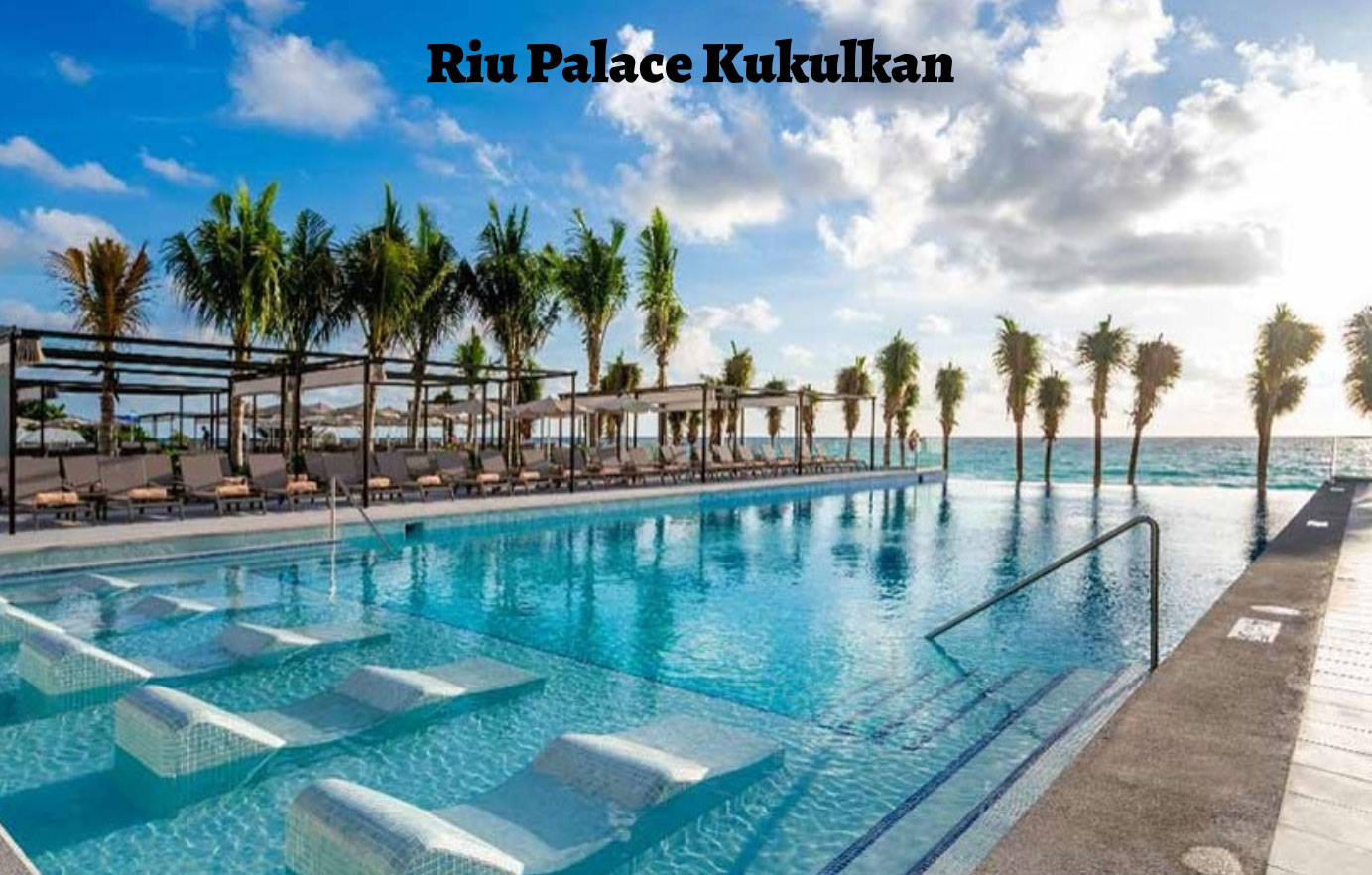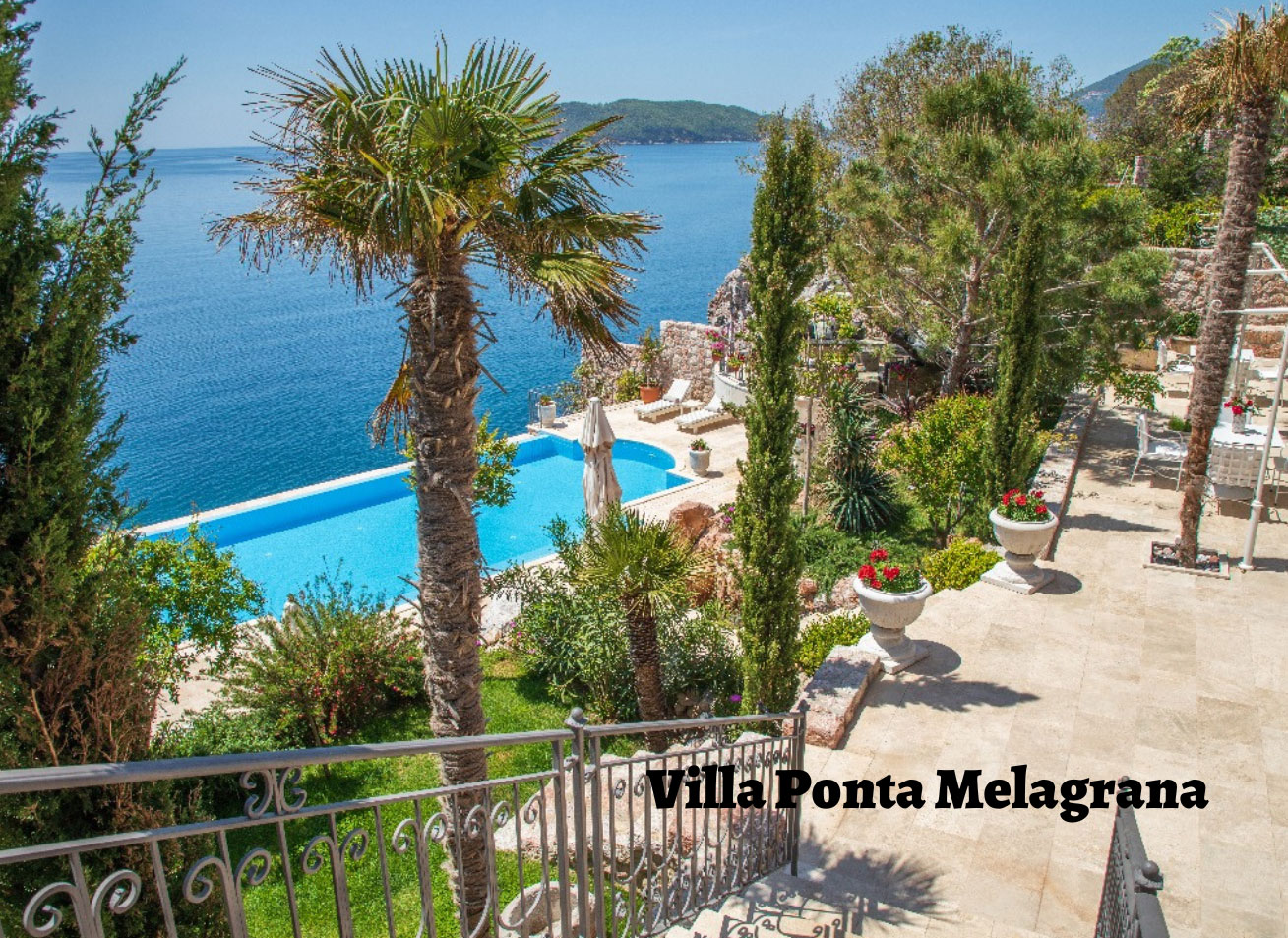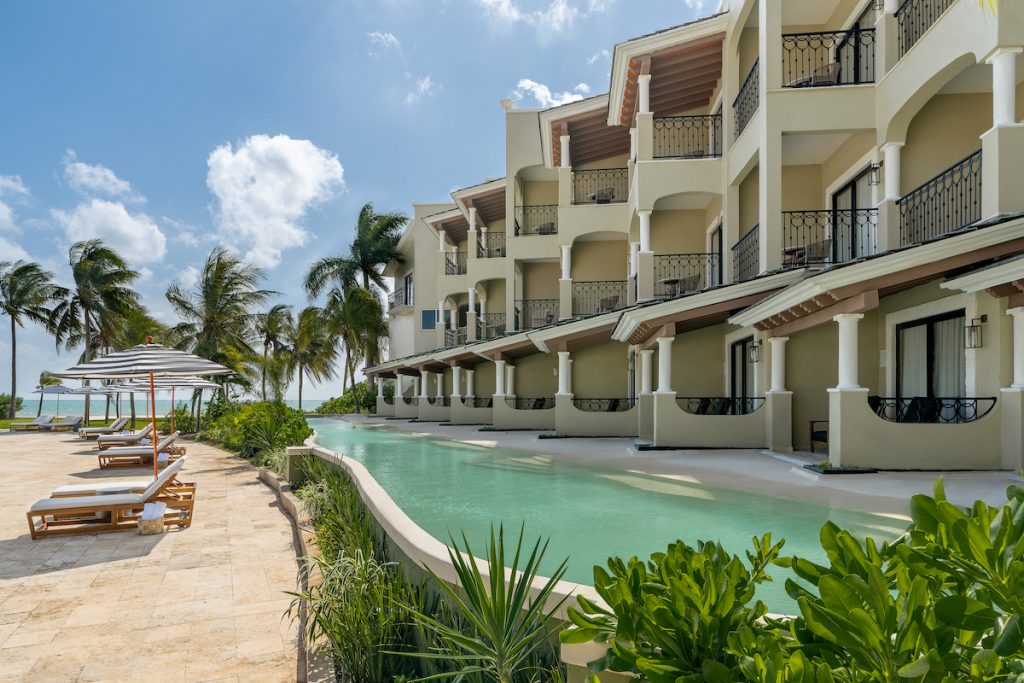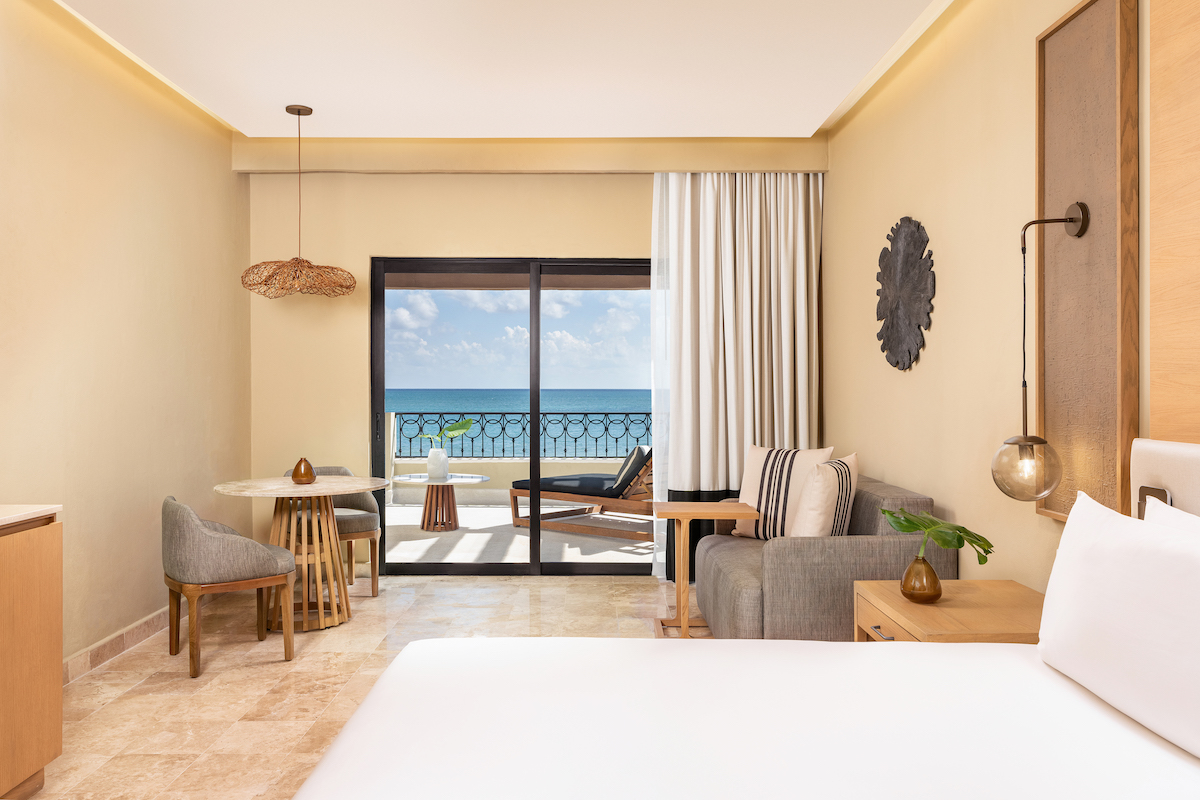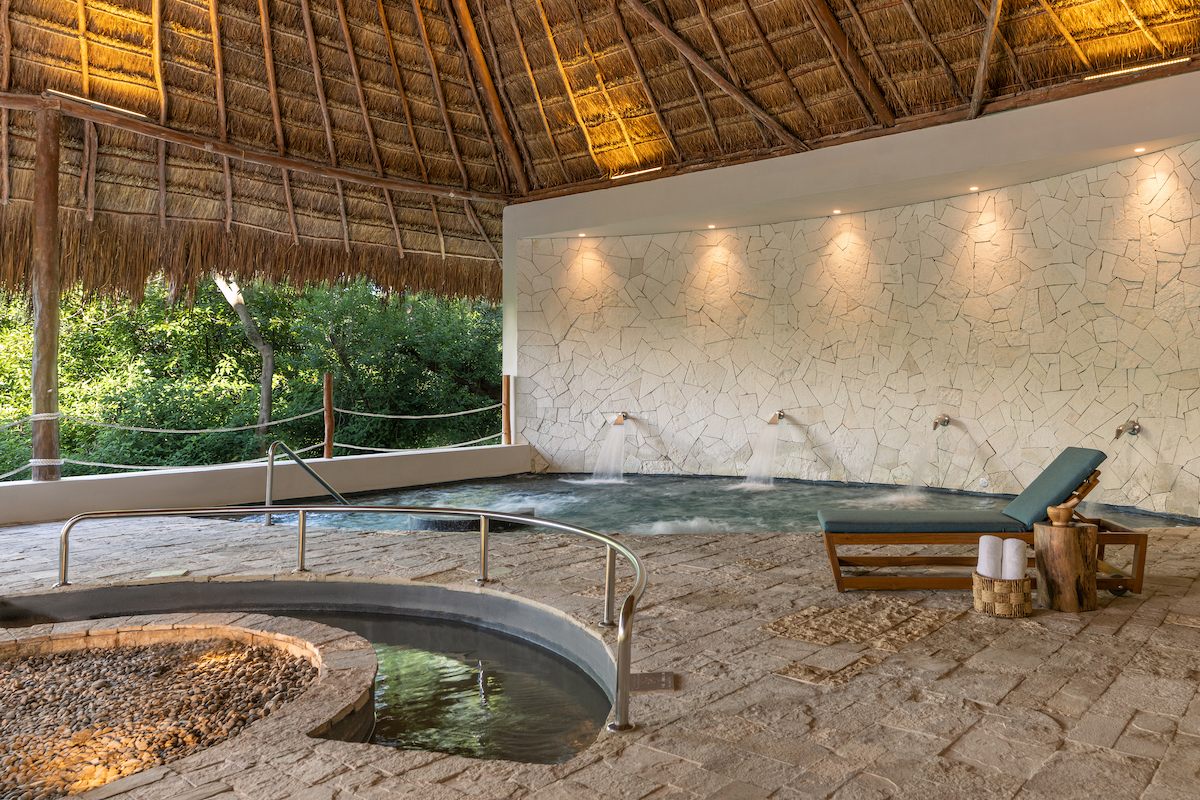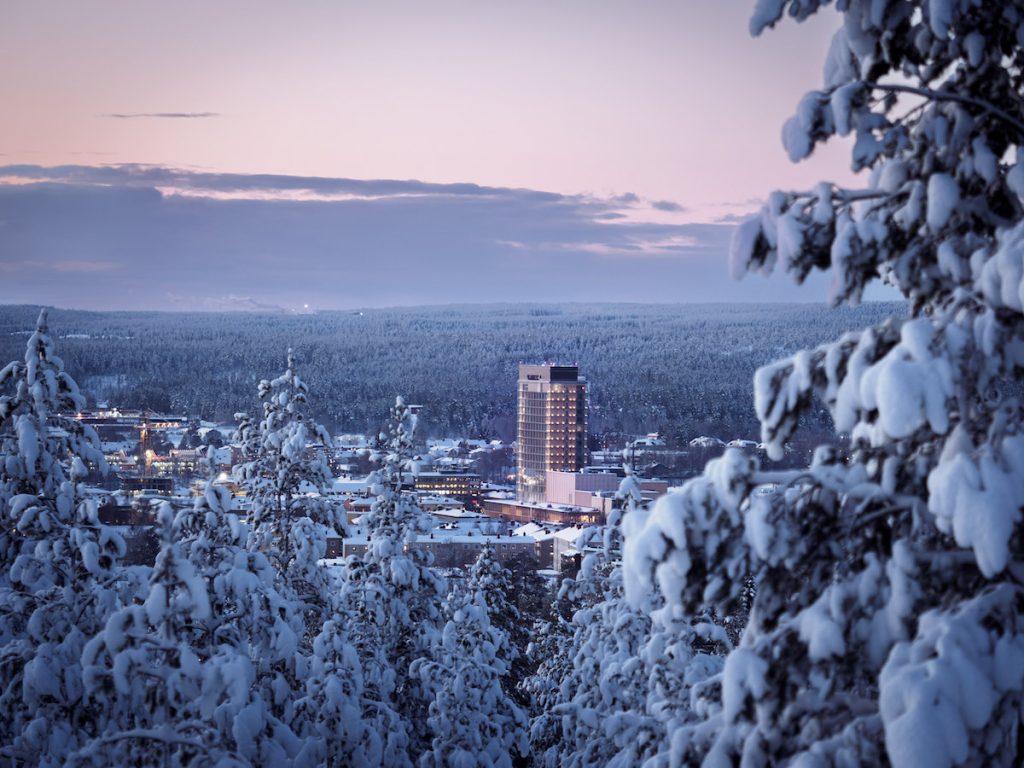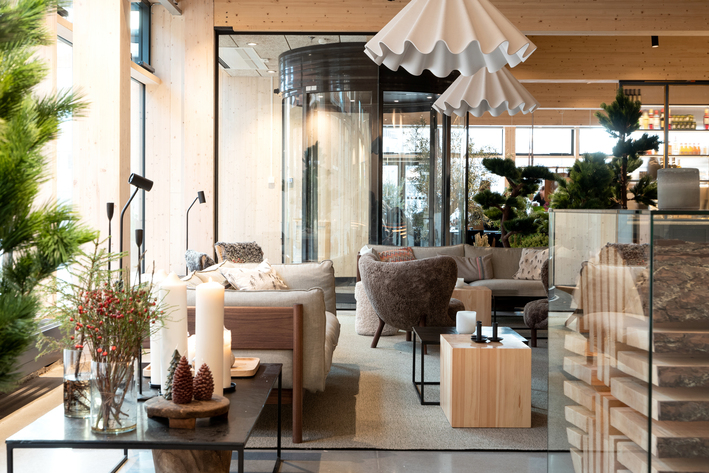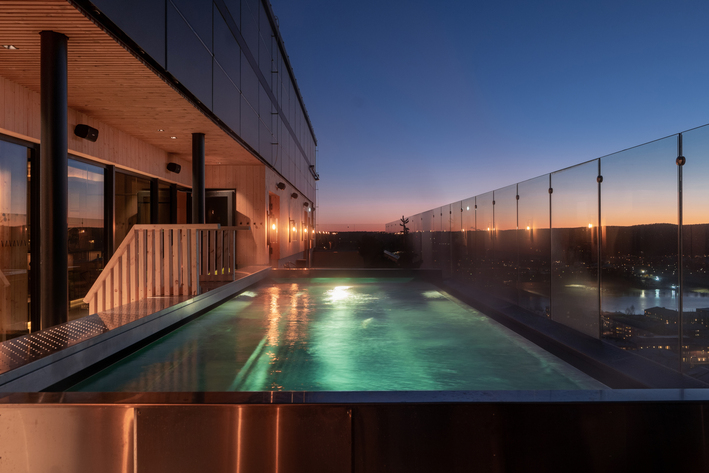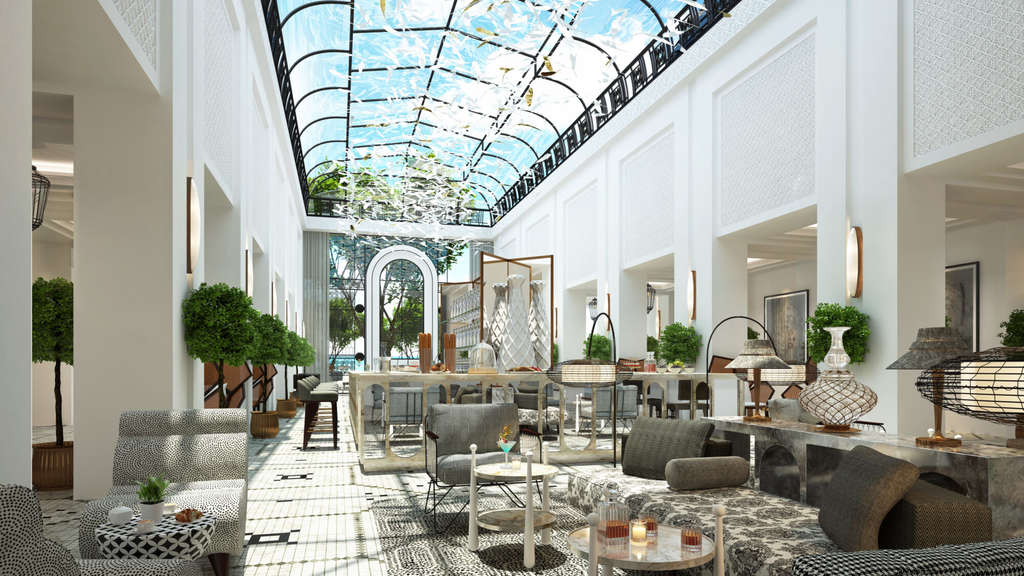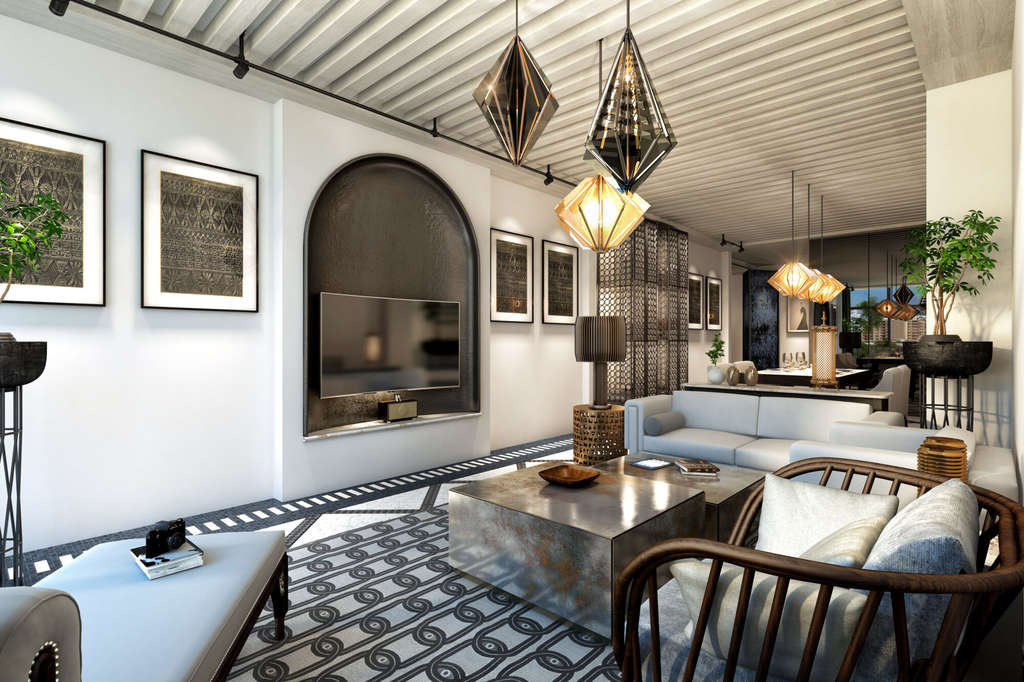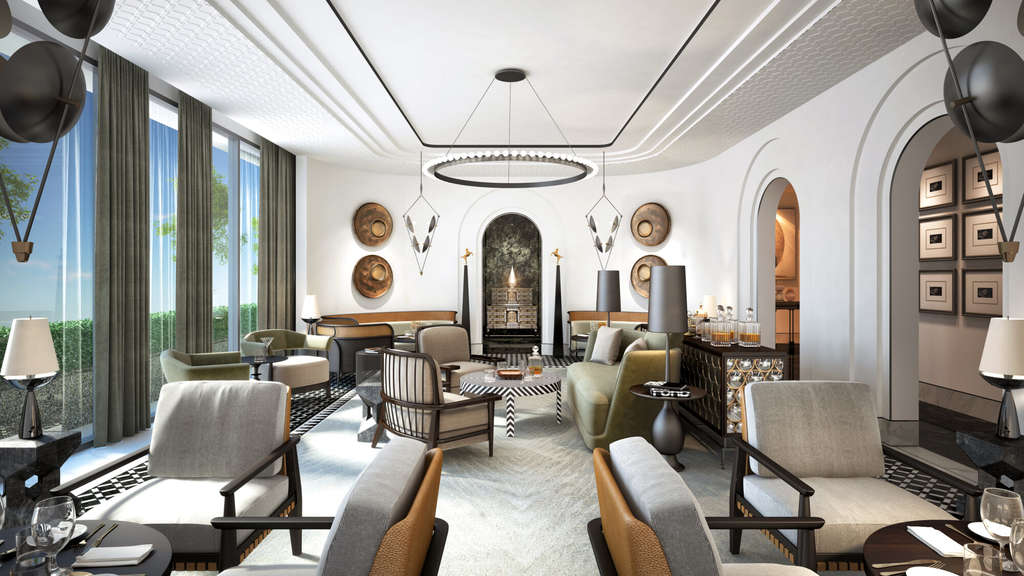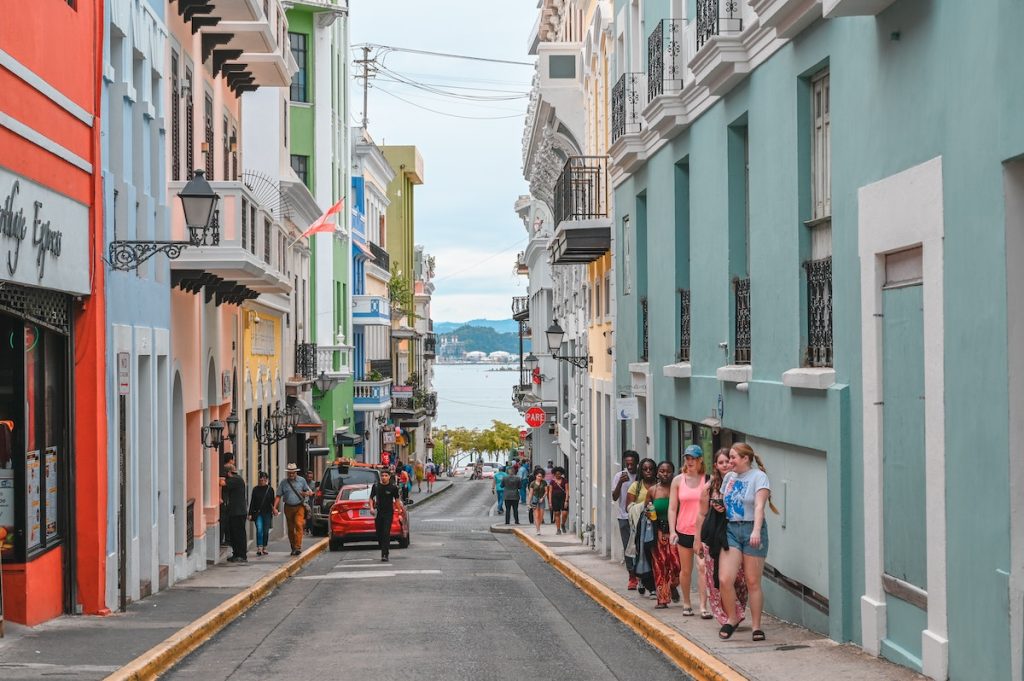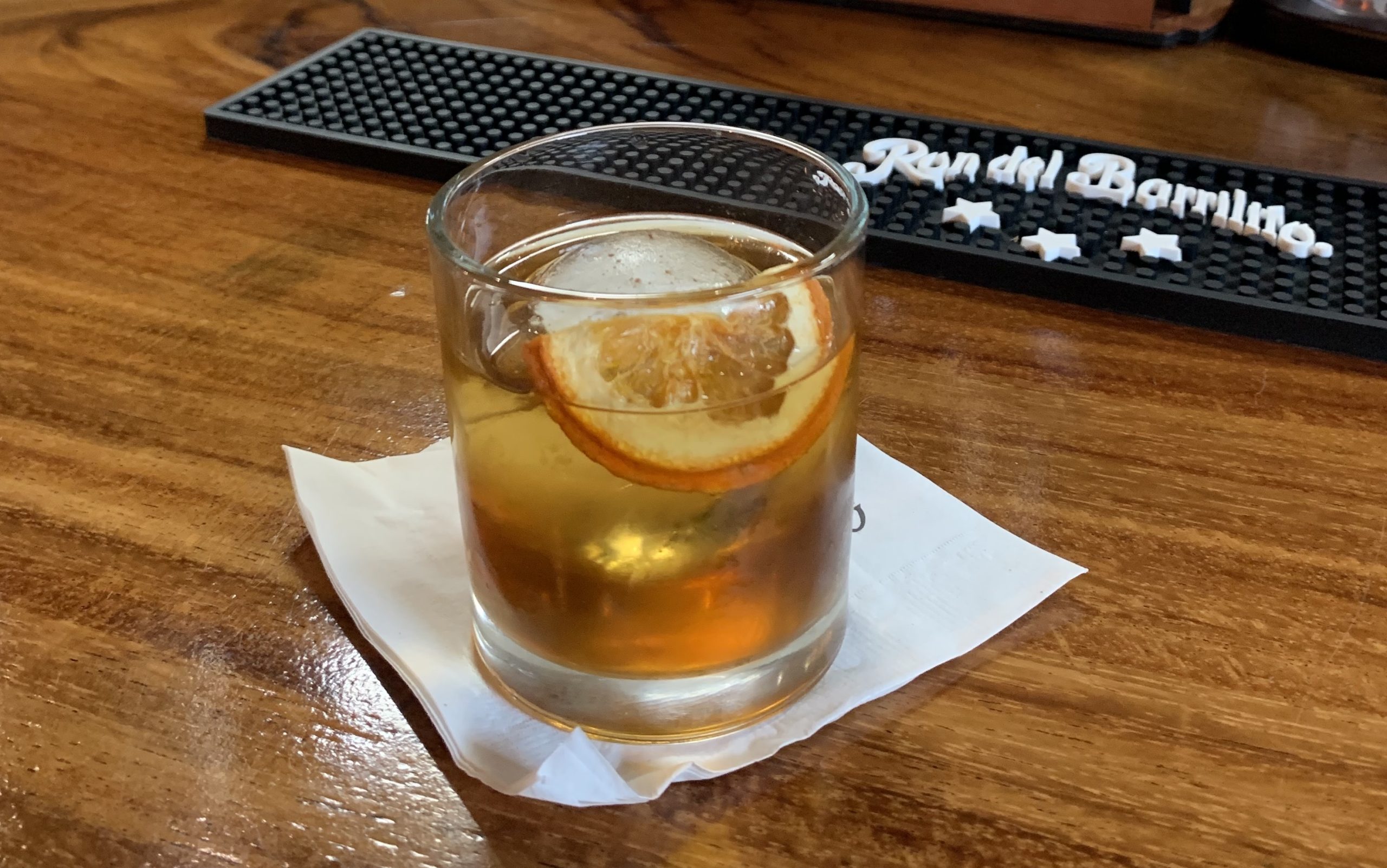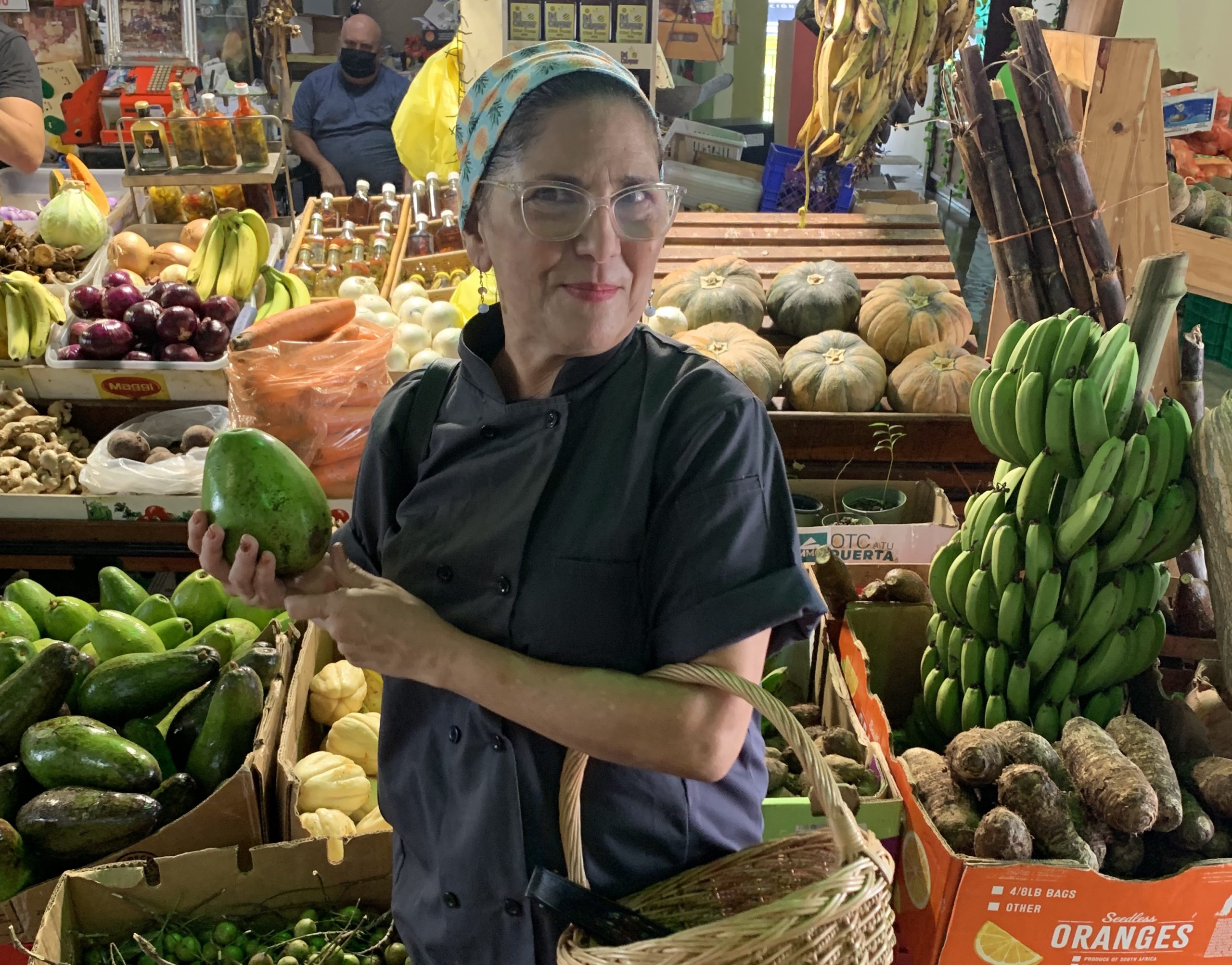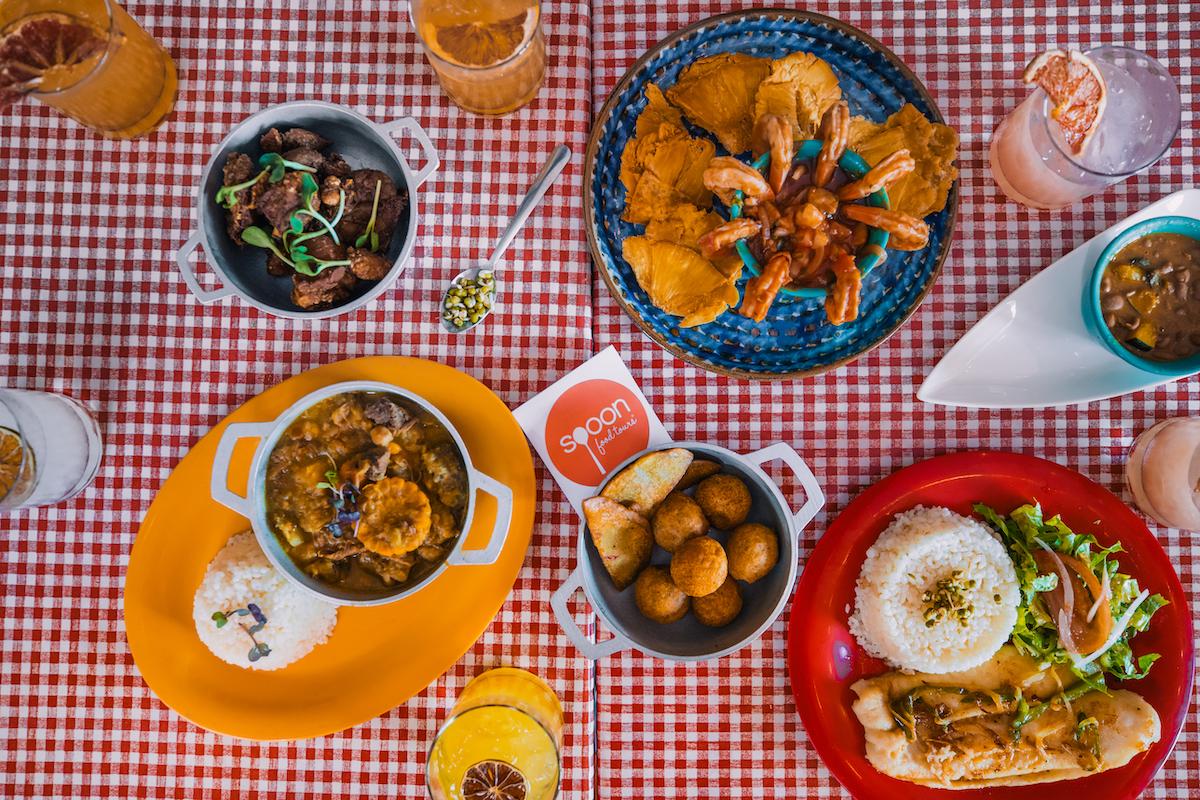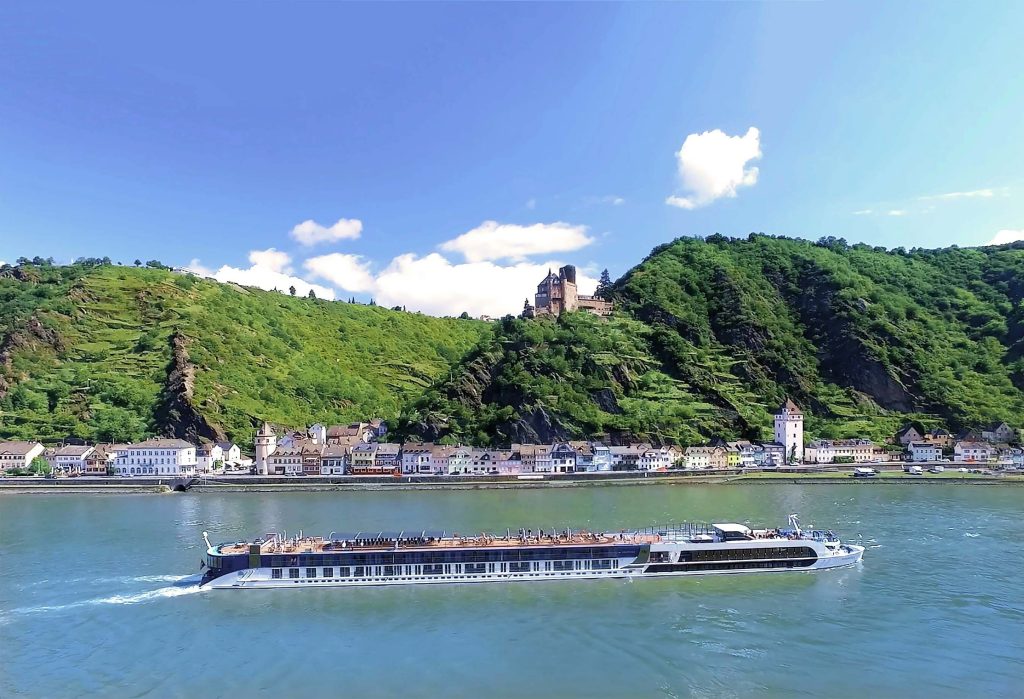
Here’s a look at some of National Geographic’s best 2024 trips
National Geographic Expeditions, which offers travellers unparalleled access to global destinations through the lens of knowledgeable National Geographic Experts, launches the first phase of its 2024 travel portfolio, including the complete river cruise lineup.
In collaboration with AmaWaterways, three National Geographic Expeditions-chartered departures will offer an in-depth exploration through Europe’s historic waterways, all with the ease and leisure of luxury river cruising.
Additionally, the guided travel company announced early 2024 dates for its Signature Land category, as well as the lineup for 2024 Private Expeditions.
European River Cruising
National Geographic Expeditions invites travelers to become immersed in the beauty, charm and rich history of Europe with a cruise showcasing the highlights and hidden gems along the Danube River, Rhine River and scenic waterways of Hollandand Belgium.
With knowledge at the heart of the experience, both a National Geographic Expert and a National Geographic Photography Expert accompany travellers on each departure. These experts are renowned storytellers with a close connection to National Geographic whose specialties include writing, photography, history, geography and more — and their unique insights help form a travel experience that enlightens and inspires like no other.
The 2024 lineup features three sailings:
- Holland and Belgium in Springtime by River Cruise (April 15): This art, floral and architecture-focused departure sends travelers on a journey through the iconic waterways of Belgium and the Netherlands, with stops at the famous windmills of Kinderdijk, a Floralia flower show at a historic Belgian castle and the world’s largest collection of works by Vincent van Gogh.
- Rhine River Cruise: Basel to Amsterdam (Sept. 12): Offering bike rides, walking excursions and even tasting tours, this itinerary explores the romance and timelessness of the Netherlands, Germany, France and Switzerland. Wine enthusiasts will enjoy a taste of Germany’s Rheingau wine region, and photographers will learn from the National Geographic Photography Expert during a special on-deck photo workshop to capture images of the scenic Rhine Gorge.
- Danube Christmas Markets River Cruise (Dec. 7): This sailing invites cruise passengers to explore charming Christmas markets from Budapest to Nuremberg. Travellers will also discover lesser-known holiday marketplaces within Vienna and Salzburg and visit Vienna’s Museum of Natural History. There, visitors will meet with National Geographic Explorer Ludovic Ferriere for a behind-the-scenes look at the meteorite exhibit he curated.
Throughout each sailing, travellers will also enjoy regionally inspired meals, complimentary wines with every lunch and dinner, wellness facilities, Wi-Fi and spacious suites that are part of every National Geographic Expeditions river cruise experience.
All available departures are listed on the River Cruises page of NatGeoExpeditions.com.
Early 2024 Signature Land Departures
Offering endless opportunities to explore the world, National Geographic Expeditions Signature Land trips provide premium, fully planned itineraries that give travellers special access to extraordinary places around the globe, paired with unique opportunities to experience a destination through the eyes of the storytellers from National Geographic.
The early 2024 Signature Land portfolio will span North America, Africa, Asia and Oceania, and will feature a blend of tried-and-true traveler favorites and recently debuted itineraries with strong National Geographic connections, including:
- Inside Japan
- Costa Rica: Wildlife and Conservation
- Borneo Wildlife Adventure
- Palau: Snorkeling and Kayaking the Pristine Seas
The latest Signature Land departure dates are available on the Signature Land page of NatGeoExpeditions.com.
Private Expeditions
Private Expeditions are unique itineraries designed for 1 to 10 travellers in their own private party. These trips are hosted by a private guide, offer more flexibility in travel dates and feature premium accommodations.
In 2024, 27 Private Expeditions are offered, including:
- Belize and Tikal Private Expedition
- Arches, Canyonlands, and Mesa Verde National Parks Private Expedition
- Australia Private Expedition
- Greek Isles Private Expedition
- Sicily Private Expedition
All 2024 Private Expeditions are listed on the Private Expeditions page of NatGeoExpeditions.com.
Experiencing meaningful travel
A portion of the proceeds from every National Geographic Expedition supports a global community of National Geographic Explorers.
Each year, the National Geographic Society awards more than 575 grants to scientists, educators, storytellers, conservationists, technologists and many other changemakers who help define some of the critical challenges of our time, drive new knowledge, advance new solutions and inspire positive, transformative change.
Bookings open to the public on Jan. 12, 2023. The new 2024 travel dates are available on NatGeoExpeditions.com.

